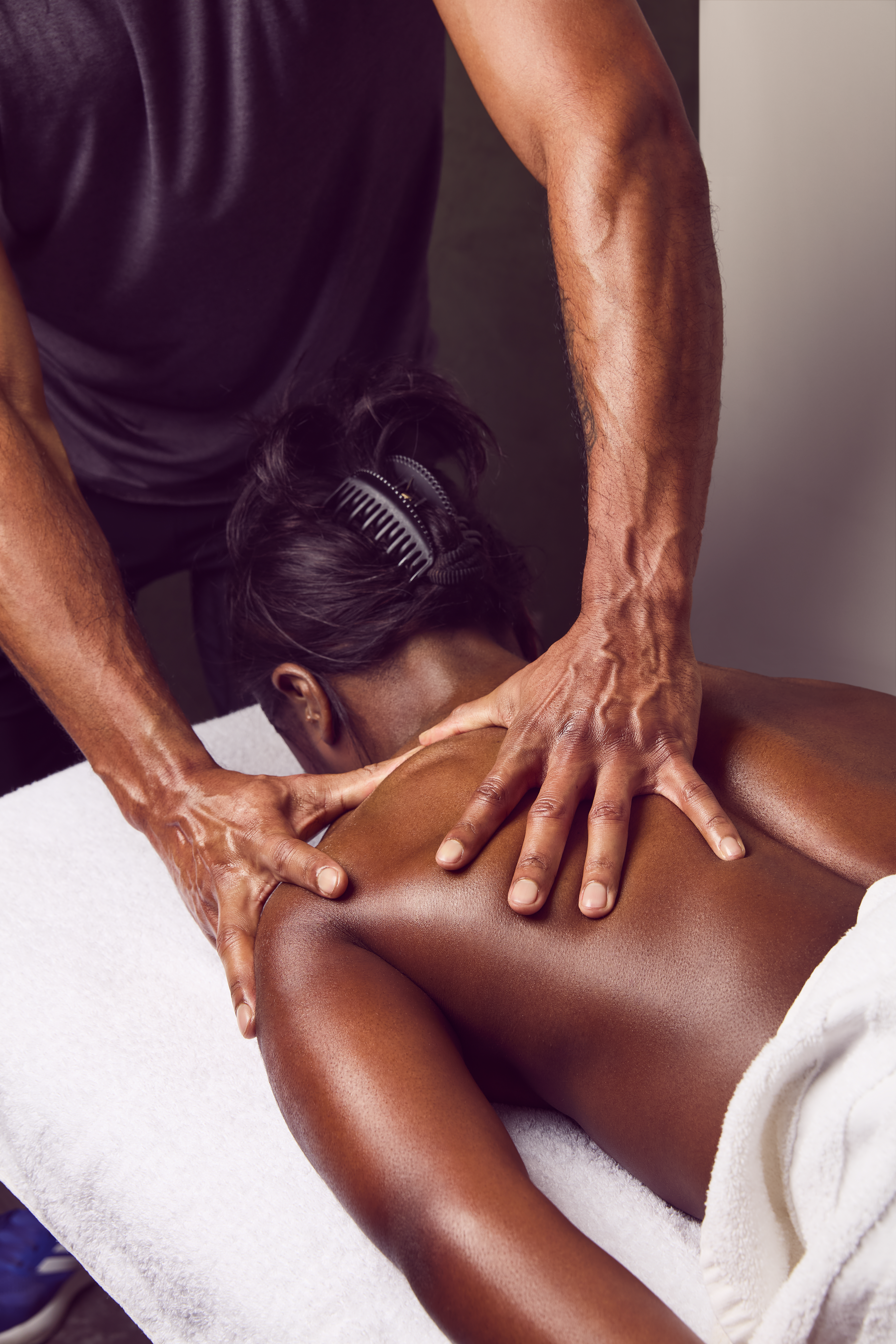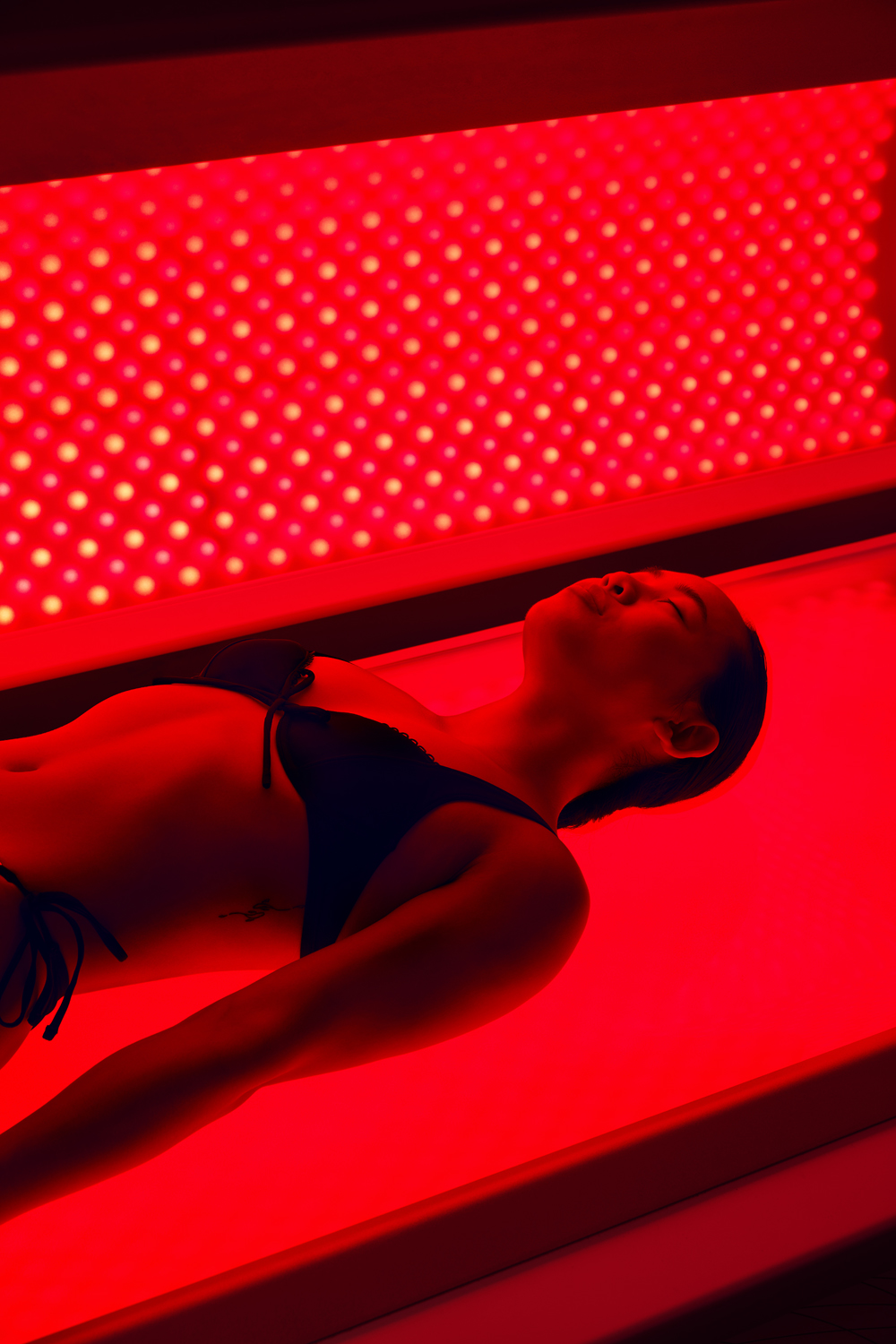- Linkedin Share
- Twitter Tweet
- Email Share
- Copy link Copy link Copied to clipboard
When it comes to post-workout recovery, the focus tends to centre on muscle repair, hydration and replenishing glycogen stores. However, one of the most effective yet often overlooked recovery tools is massage therapy, particularly lymphatic drainage massage. This specialised technique plays a crucial role in reducing inflammation, clearing metabolic waste and promoting overall tissue repair. By incorporating massage into a recovery routine, athletes and fitness enthusiasts can enhance muscle repair, improve circulation and speed up the healing process.
Understanding the Lymphatic System
The lymphatic system is a complex network of vessels, nodes and organs responsible for transporting lymph, a fluid that contains white blood cells, proteins and cellular debris. Unlike the circulatory system, which has the heart to pump blood, the lymphatic system relies on muscle contractions and external stimulation, such as massage, to circulate fluid.
Its main functions include:
- Waste removal: Eliminating metabolic byproducts from muscle breakdown.
- Immune response: Transporting immune cells to fight infections and repair tissue.
- Fluid balance: Preventing swelling and inflammation by regulating excess fluid buildup in tissues.
After exercise, efficient lymphatic circulation is crucial for flushing out waste and reducing post-workout soreness. Without proper movement of lymph fluid, metabolic waste can linger in the muscles, leading to stiffness and delayed recovery.
How Massage Enhances Lymphatic Function and Recovery
Since the lymphatic system lacks a built-in pump, external stimulation is necessary to keep lymph fluid moving efficiently. Massage therapy is one of the most effective ways to stimulate lymphatic drainage, helping the body eliminate toxins, reduce swelling and accelerate muscle recovery.
- Encourages Lymphatic Drainage
- Lymphatic drainage massage uses gentle, rhythmic strokes to stimulate lymph flow, helping the body remove toxins and reduce swelling after intense workouts.
- Reduces Muscle Soreness and Stiffness
- Deep tissue and sports massage techniques relieve muscle tension, break down adhesions and improve blood flow, which speeds up muscle repair.
- Enhances Circulation and Nutrient Delivery
- By promoting better circulation, massage ensures oxygen and essential nutrients reach fatigued muscles faster, leading to quicker recovery times.
- Decreases Inflammation
- Targeted massage techniques help flush inflammatory markers from tissues, reducing swelling and joint discomfort after strenuous activity.
- Promotes Relaxation and Stress Reduction
- Massage benefits both the body and mind by activating the parasympathetic nervous system, reducing cortisol levels and promoting a deep sense of relaxation.
How to Incorporate Massage Into Your Recovery Routine
For those serious about fitness and performance, regular massage should be an essential part of their recovery strategy:
- Post-Workout Massage: Schedule a lymphatic drainage or deep tissue massage after intense workouts to reduce inflammation and muscle stiffness.
- Regular Maintenance: A weekly or bi-weekly massage can prevent tightness, enhance flexibility and promote long-term muscle health.
- Self-Massage Techniques: Using foam rollers, massage balls or compression therapy between professional treatments can help maintain mobility and circulation.
Additional Ways to Promote Lymphatic Drainage
While massage is one of the most effective methods for stimulating lymph flow, incorporating additional techniques can further enhance lymphatic function and recovery:
- Stay Hydrated
- Drinking plenty of water keeps lymph fluid moving efficiently, ensuring waste products are properly eliminated.
- Practice Dry Brushing
- Using a natural-bristle brush on dry skin before showering stimulates lymphatic flow and improves circulation.
- Move and Stretch Regularly
- Gentle activities such as yoga, walking and dynamic stretching encourage lymph movement and prevent fluid build-up.
- Engage in Deep Breathing Exercises
- Practicing diaphragmatic breathing creates a natural pumping effect that aids in lymphatic circulation and relaxation.
Lymphatic drainage massage is one of the most effective ways to support post-workout recovery by promoting circulation, reducing inflammation and enhancing muscle repair. By integrating massage therapy into a well-rounded recovery routine — along with proper hydration, movement and other lymphatic-boosting techniques — you can experience faster recovery, reduced soreness and improved overall wellbeing.
Explore our range of massage treatments at Third Space Spa to begin your journey to recovery today.



